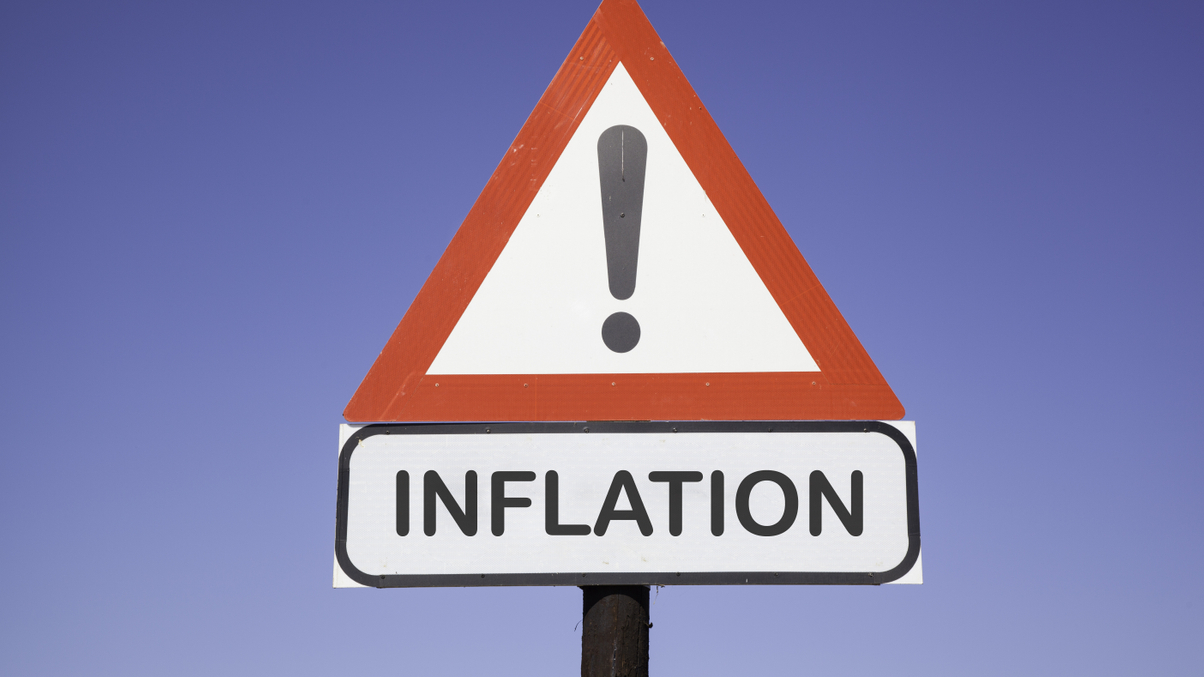Superannuation funds prepare their portfolios for longer-term inflation
Inflation is here to stay, but how long is the question investors struggle to answer. In the meantime, super funds Cbus and UniSuper have adjusted their portfolio accordingly.

As more evidence emerges to suggest that inflation is here to stay for longer than previously expected, superannuation funds such as Cbus and UniSuper are setting their sights on equities, real assets and interest rate futures to counter the effects.
Sign in to read on!
Registered users get 2 free articles in 30 days.
Subscribers have full unlimited access to AsianInvestor
Not signed up? New users get 2 free articles per month, plus a 7-day unlimited free trial.
¬ Haymarket Media Limited. All rights reserved.


